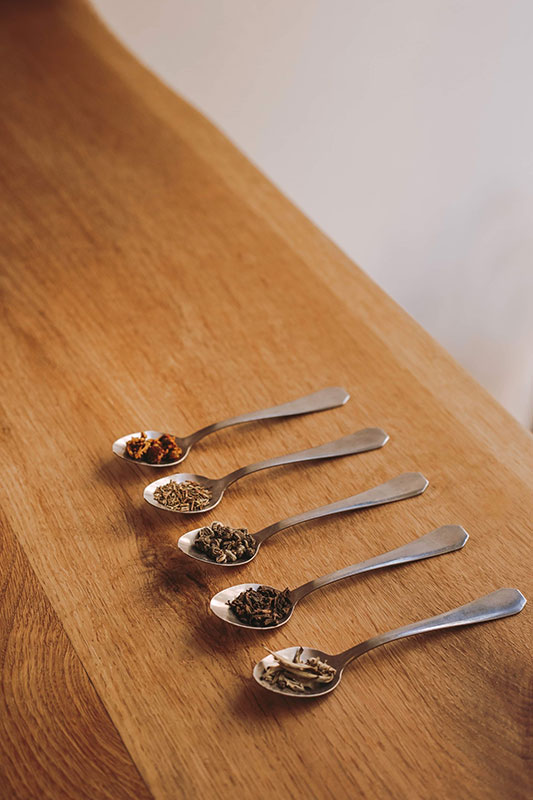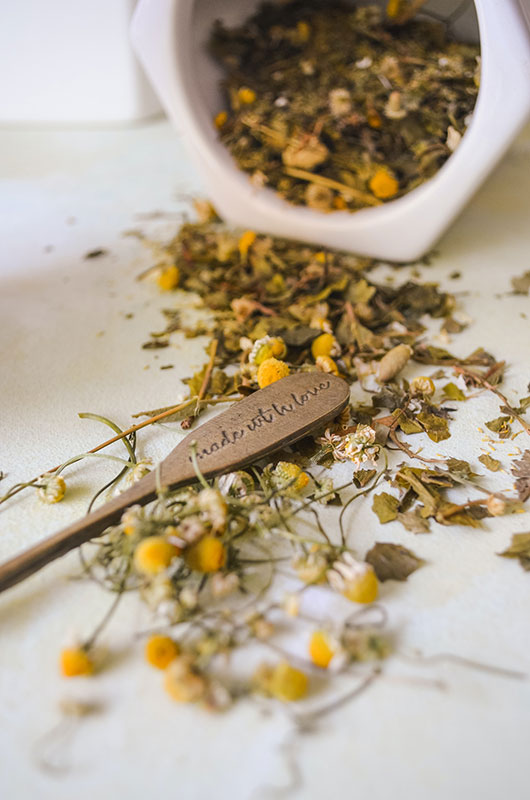
Green tea is the best tea for boosting metabolism. Chamomile tea will calm you down. White tea is very gentle and low in caffeine. Black tea will give you the best energy boost. These are only some of the common conclusions about tea. But are they correct? Does it even matter which tea you drink? Are all teas the same? Or are some teas really better than the others?
Which tea is the best?
Let’s see.
What’s good in tea?
Before answering all the above questions, let’s first see what’s good in tea? What is tea made of?
Tea has long been one of the most beloved drinks in the world. Although in the western countries real Camellia sinensis teas have not always been popular or known, herbal teas have been used as natural remedies for centuries, even thousands of years. But the same is true for Camellia sinensis teas in China and Japan.

Tea, herbal or Camellia sinensis, just like anything else we can eat or drink, contains different compounds – proteins, carbohydrates including fiber, lipids, vitamins, minerals, phenols, and pigments [1]. However, when you are brewing tea, not all of them will end up in your cup. For example, a cup of tea will not contain proteins, but it will contain amino acids, building blocks of protein. It also won’t contain fiber or lipids, but it will contain antioxidants. The same is true for any tea, including tisanes. When we talk about the good stuff in tea, we usually talk about L-theanine, an amino acid that may provide calming benefits, EGCG, a catechin that may provide antioxidant activity, caffeine, that may boost energy, and theaflavins, polyphenols in oxidized teas that may provide antioxidant activity.
Camellia sinensis teas usually have a similar composition, only the ratios of these compounds may be different. For example, all green teas will contain caffeine, but roasted green teas will have significantly lower amounts. All real teas will contain L-theanine, but for example, spring Chinese silver needle may have more than later harvest White Peony white tea [2].
So, what does all this mean?
What is the best tea?
It’s impossible to say which tea is the best. The best teas with the best potential benefits will always be fresh (and flavorful!), no matter they are light or strong. The best teas will usually be in a loose leaf form, simply because traditional tea bags are made with byproducts of tea production. Furthermore, the smaller the leaf particle, the easier it will deteriorate. That’s why matcha, even the highest quality one, will usually lose its color and flavor within a couple of months after opening.
However, depending on your goals, some teas may still be better than the others.
What is the healthiest tea?
All teas will be equally “healthy“ if they are of a good quality and fresh. Each green tea will have different amounts of catechins, caffeine and L-theanine. Since teas are not undergoing chemical analysis before being packaged, it’s impossible to say which one will have the highest amounts of any of these compounds. However, it’s a general understanding that matcha may provide more catechins and L-theanine than other green teas. That’s simply because you are ingesting the whole leaf, rather than infusing compounds into the water. Interestingly, shading tea leaves (and matcha is a shaded tea) will naturally reduce catechins. However, it’s the preparation method that will make all the difference.
Spring white and green teas will usually contain more catechins than later summer or autumn harvest teas. Roasted teas and teas made with stalks and stems will also contain less caffeine and catechins. Some teas, like pu’erh, may be better for boosting metabolism [3] than other teas. Assam tea dust may provide much more caffeine than whole leaf Assam tea. But Assam whole leaf tea will have a significantly higher antioxidant properties [4].
What is the best tasting tea?
It’s much easier to say what is the best tasting tea than what is the healthiest. The best tasting tea will always be a fresh tea, or properly aged tea when it comes to pu’erh. Your tea should always have a recognizable and pleasant scent when placed in a preheated teapot. Even flavored teas need to have a fresh flavor and scent. Best tasting teas will often have more than just one flavor note, and some may be very complex. However, what is the best tasting tea will ultimately depend on your preferences.
How to maximize the potential benefits of tea?
If you are looking to get the most out of your cup of tea, always store and brew it properly. You can learn how to make the best cup of green tea here. You can choose teas based on their flavor or potential benefits. However, perhaps the best way to maximize the benefits is to drink different types of tea, rather than only one type.
With tisanes, each will have different benefits. They are much easier to choose for specific issues or flavor than Camellia sinensis teas. For example, mint tea is often used for digestive problems [5], ginger for nausea [6], chamomile for its soothing properties [7] and valerian root for promoting sleep [8].

So, which tea is the best?
Although all teas are different, all of them may provide many benefits. Therefore, when choosing tisanes, it’s good to check which specific properties they have. Camellia sinensis teas are more similar to each other than tisanes, because they are all made from the same plant. However, green and white teas may contain more catechins. Black and white teas may provide more caffeine, while oolong and pu’erh may be better for boosting metabolism than other teas. This is not a rule, rather a general recommendation, as every Camellia sinensis tea will be different.
Disclaimer: This article is for informational purposes only and it’s not intended to replace a professional opinion, diagnosis or treatment plan. Always consult your healthcare provider before including new teas into your diet, especially if you have health problems.
References:
[1] https://www.ncbi.nlm.nih.gov/pmc/articles/PMC2855614/
[2] https://www.frontiersin.org/articles/10.3389/fnut.2022.853846/full
[3] https://www.frontiersin.org/articles/10.3389/fphar.2019.00063/full
[4] https://www.ncbi.nlm.nih.gov/pmc/articles/PMC5380613/
[5] https://www.mountsinai.org/health-library/herb/peppermint
[6] https://www.ncbi.nlm.nih.gov/pmc/articles/PMC6341159/



Leave a Reply Cancel Reply